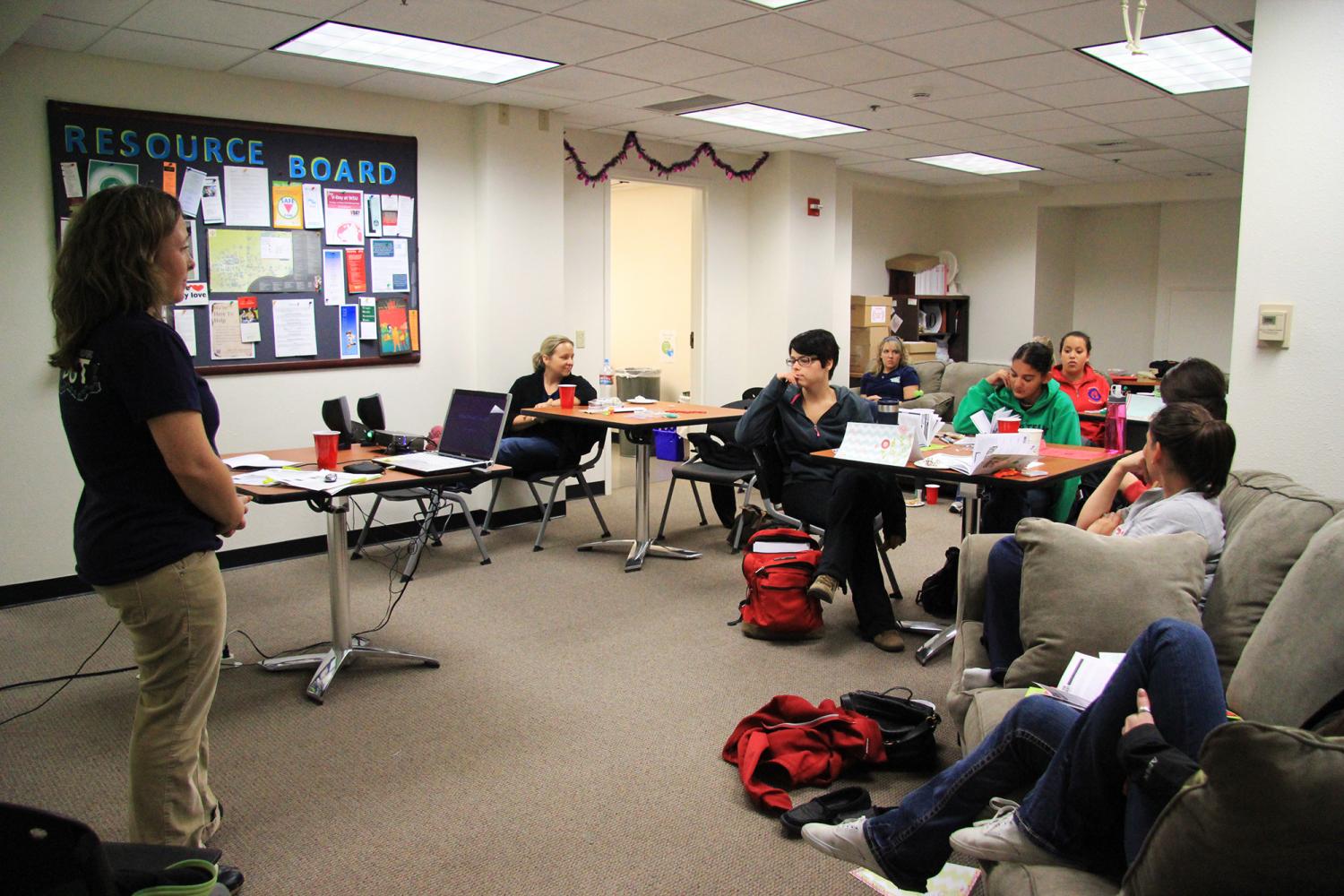Green Dot needs more student support to be successful
Violence prevention is an ongoing conversation, not one workshop
LUKE HOLLISTER | The Daily Evergreen
WSU implemented the mandatory Green Dot training program to Week of Welcome in 2014 to increase bystander intervention.
August 11, 2017
WSU has been strongly committed to preventing sexual assault, dating violence and stalking through accessible resources to all students. One of its best resources is the Green Dot workshop during Alive! orientation.
Green Dot started at WSU in 2011 when the Health Promotion Program at Health & Wellness Services received grants through the Department of Justice. The program has two workshops, one is during Alive! about general safety on campus, and the other is Green Dot during Week of Welcome. In 2014, Green Dot became mandatory for all incoming students.
“Green Dot has been a step in the right direction in terms of starting conversations around violence prevention and safety,” said Tyler O’Brien, ASWSU director of Health and Safety.
The workshop focuses on the roles that students can play to prevent violence and sexual assault on campus. They are typically small in size in order to allow for more student engagement.
“The workshop empowers new students to intervene in violence or assault situations,” said Nikki Finnestead, violence prevention and Green Dot coordinator at Health & Wellness.
Green Dot’s main goal is to change the incoming students’ culture about sexual assault through reporting and preventing it. However, the workshop has very limited time to be effective.
“Beliefs and behaviors don’t change over one conversation,” Finnestead said.
Health Promotion offers more programs about consent and bystander training throughout the year upon request, which can be found on CougSync. Student attendance and engagement in non-mandatory seminars is often low during the school year, Finnestead said.
“Effective violence prevention is never an isolated delivery of one program but rather a comprehensive collaboration of programs,” said Paula Adams, associate director of Health Promotion.
Feedback from attendees often includes having a second follow-up seminar during the school year, which varies from open discussion seminars to trainings. Suggestions regarding mandatory seminars were also brought to ASWSU last year.
“Once our students are back, we will have the opportunity to have those conversations on a larger scale, with a more diverse array of students,” O’Brien said.
The greatest resource that ASWSU can give Health & Wellness is student input. Student input can range anywhere from a poll to a series of questions and suggestions about the program.
“We always have conversations about having more mandatory workshops but we need more student support and student input from ASWSU,” Finnestead said.
Conversation with different groups and partners on campus are necessary to implement changes, Finnestead said. Finances might also be a problem.
“We don’t have the resources to offer a broad enough network of programs to really reinforce and expand on the Green Dot content in meaningful ways,” Adams said.
Our campus safety is a significant part of our community’s safety. ASWSU should invite all student organizations and community members to share suggestions to improve the Green Dot program and sexual assault and violence prevention on campus. ASWSU can also catalyze conversation by being the intermediate between student organizations and Health Promotion’s future collaborations.









